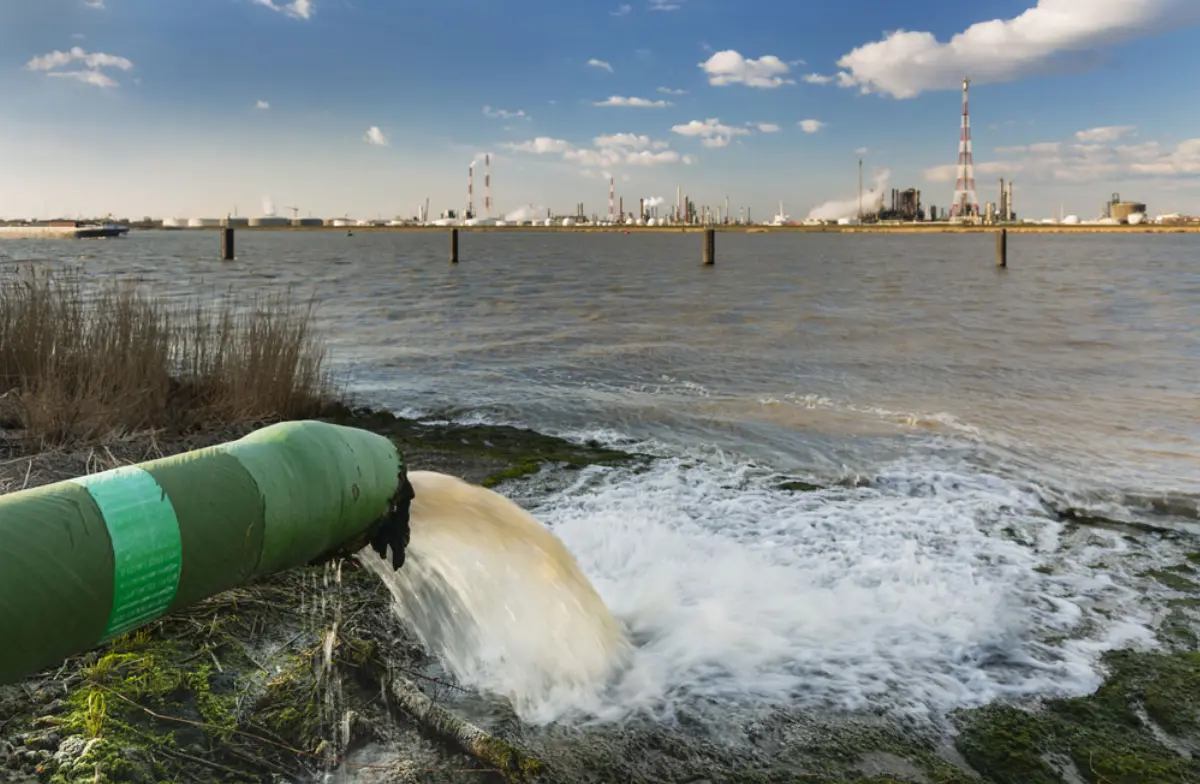
Do you want to access to this and other private contents?
Log in if you are a subscriber or click here to request service
PFAS: new safety limit established by EFSA
Their use also affects the food sector, with traces in drinking water, fruit and egg products

It has been studied that excessive exposure to these chemicals can generate harmful effects on human health. Among the most affected segment of the population are children
hef - 13435
EFA News - European Food Agency
EFA News - European Food Agency